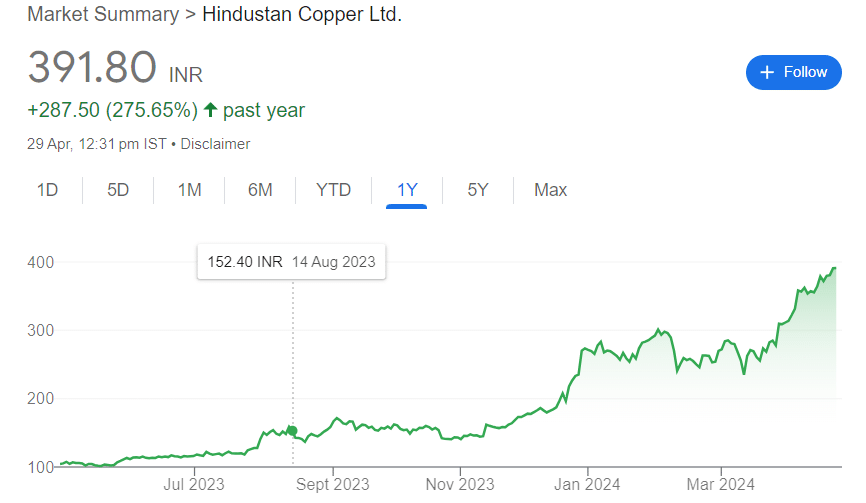Digital Twins: Explore how digital twins are revolutionizing healthcare, enhancing patient outcomes, and driving innovation in a dynamic market landscape.
also read Go First Airline Has Many Takers: Optimistic Approach For Revival
In the ever-evolving landscape of healthcare, technological innovations continue to revolutionize the way patient care is delivered, managed, and optimized. Among these transformative advancements, digital twins stand out as a promising paradigm shift, offering a glimpse into the future of healthcare market dynamics.
What exactly are digital twins in healthcare? Simply put, they are digital replicas of physical assets, processes, individuals, and devices seamlessly integrated with their real-world counterparts. This integration facilitates a myriad of benefits, ranging from enhancing patient outcomes and reducing medical errors to optimizing operational efficiencies and fostering innovation within healthcare services.
At the heart of digital twins lie advanced technologies such as artificial intelligence (AI), the Internet of Things (IoT), big data analytics, and machine learning (ML). These cutting-edge tools empower healthcare providers to simulate complex interactions, enabling data-driven decision-making and personalized treatment plans tailored to individual patient’s unique genetic makeup and medical history.
The exponential growth of IoT-enabled devices in healthcare has been a key driver fueling the adoption of digital twins. By enabling the seamless collection of health-related data, these devices facilitate accurate diagnoses through predictive analysis, ultimately improving patient care and outcomes.
However, as with any technological advancement, challenges abound. Data privacy and security concerns loom large, posing significant hurdles to widespread adoption. Nevertheless, ongoing efforts to develop more efficient algorithms capable of accurately interpreting vast amounts of data generated by digital twins offer promising opportunities for market growth.
Regionally, digital twins are gaining significant traction across the Americas, with both government and private sectors investing heavily in healthcare innovation. Major tech companies are forging strategic collaborations with healthcare providers to develop digital twin applications for personalized medicine and disease management, further driving market growth in the region.
Similarly, favorable governmental initiatives in the EMEA region, such as the incorporation of digital technologies like 5G mobile communication and artificial intelligence in health and care services, are creating new avenues for digital twin adoption. In Europe, massive investments in digital and smart healthcare solutions by developed economies are propelling the uptake of digital twins in healthcare.
In the Asia-Pacific region, factors such as the growing presence of the geriatric population and the rising prevalence of chronic disorders are driving the demand for digital twins in healthcare. Additionally, the integration of 5G technology to facilitate the digitalization of healthcare services is expected to drive further market growth in the coming years.
In conclusion, digital twins represent a pioneering frontier in the healthcare market, offering unprecedented opportunities to revolutionize patient care, optimize workflows, and drive innovation. While challenges persist, the relentless pursuit of technological advancement and the collaborative efforts of stakeholders across the globe promises a future where digital twins play a central role in shaping the healthcare landscape for years to come.
also read : Digital Twins in Healthcare Market worth $10.85 billion by 2030










